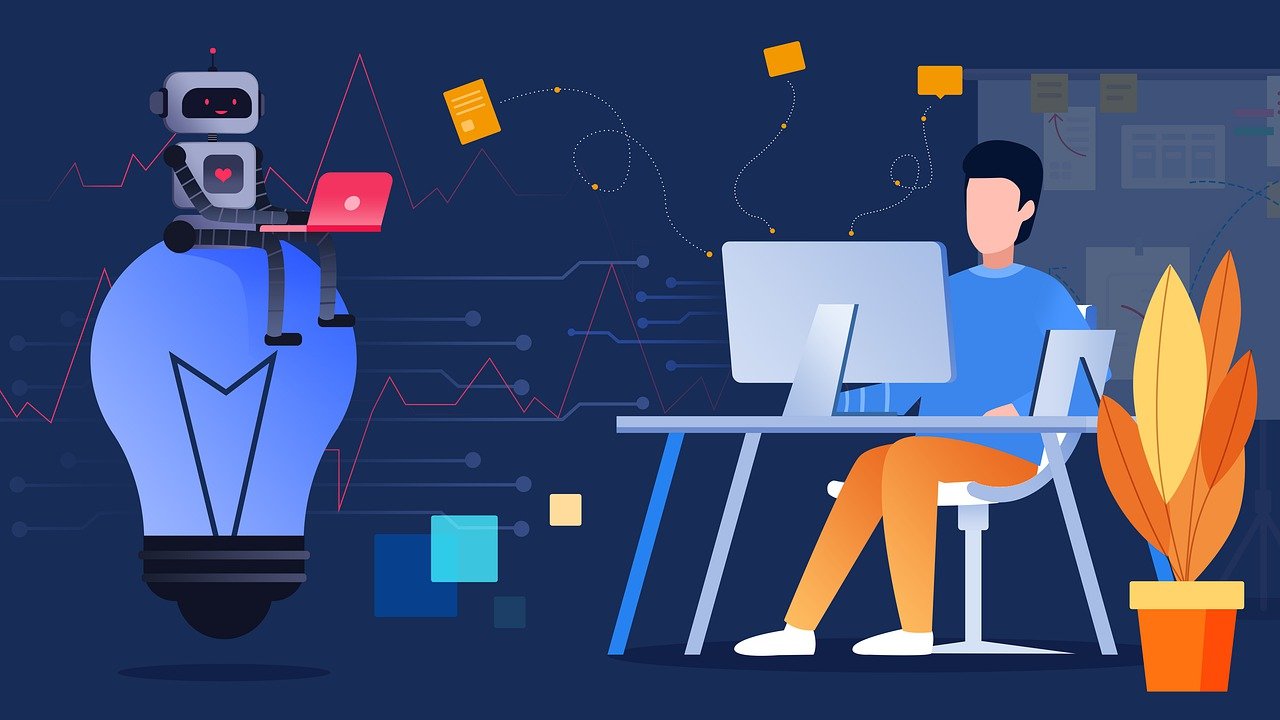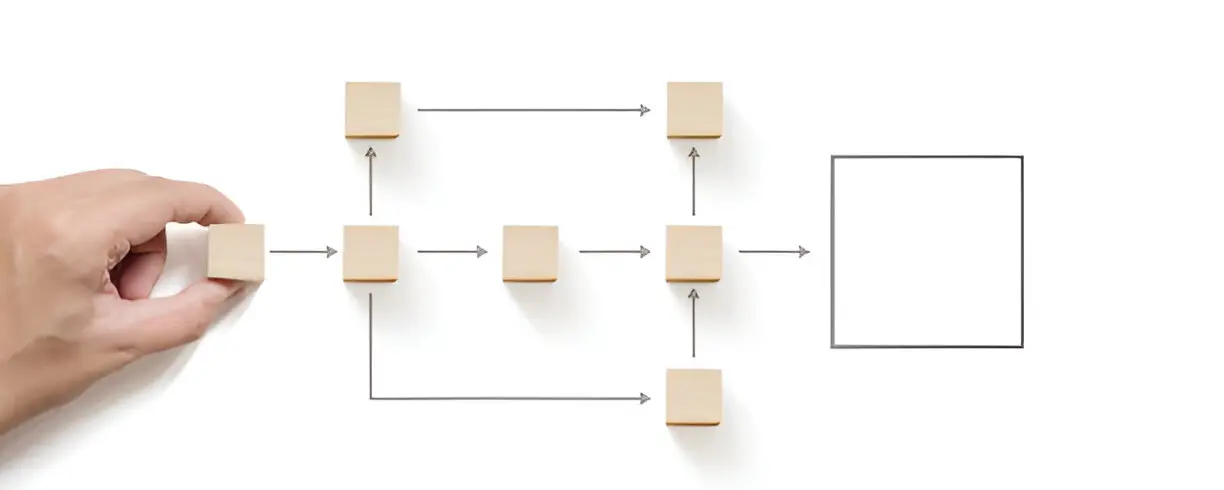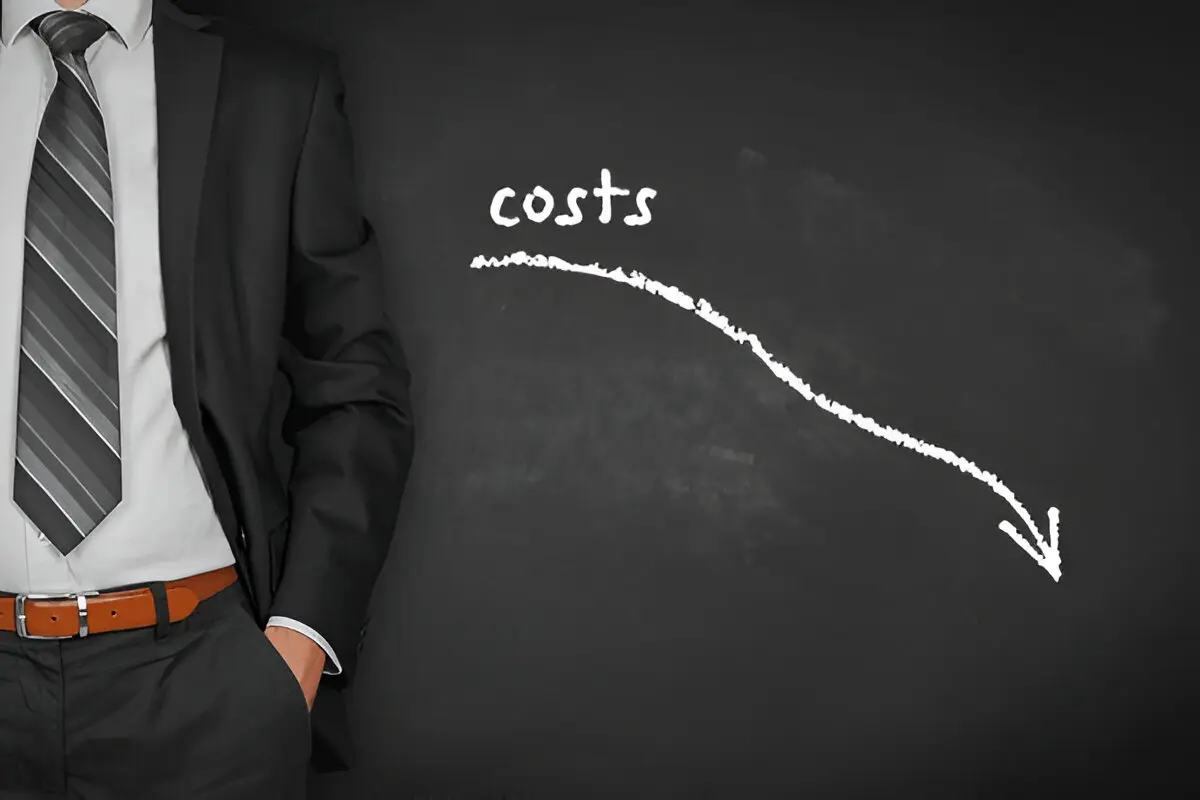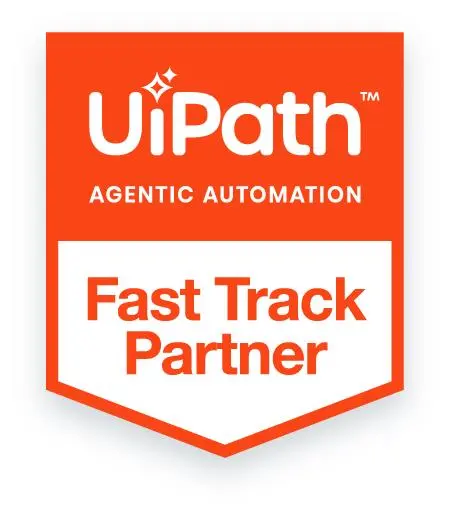
Key takeways
- Invoice processing is an important business function of any organization. It is a function of the accounts payable department that manages vendor/supplier invoices from their receipt to payment.
- An organization processes several invoices over time. And, each time the process is vulnerable to several shortcomings. So, the organization ends up investing in several employees while running the risk of errors in the process.
- RPA bots not only streamline invoice capture and coding but also speed up processes such as smart approval routing while maintaining their current processes.
- Automating invoice processing reduces the time, effort, and money spent drastically. Besides, it optimizes operating expenses and clears backlog invoices for real-time visibility into cash flow.
The financial sector is one of the worst-hit sectors due to the pandemic. Organizations across the globe are looking for techniques to streamline their business processes and expedite them to meet the needs of their customers. Manual invoice processing is one of the functions that prove to be a barrier to achieving this goal. This is because manual invoice processing is slow and prone to errors. And, any delay in this process directly impacts the organization’s accounts payable and receivable.
Invoice processing is an important business function of any organization. It is a function of the accounts payable department that manages vendor/supplier invoices from its receipt to payment.
Invoice processing goes through the following steps:
Step 1: Capturing the vendor invoices received from different sources such as fax, email, mail, etc.
Step 2: Invoices are prepared by updating the invoice data and then submitted for approval.
Step 3: Invoices are coded in the general ledger.
Step 4: Invoices are sent to the authorized approvers for approval/rejection. Submission of invoices in a financial system
Step 5: Processing the approved Invoices for payment
Step 6: The paid invoices are saved either in documents in an offline system or in a file in an online system.
Traditionally all these steps were performed manually by dedicated personnel.
What were the drawbacks of manual invoice processing?
Prone to Errors
Invoice processing goes through different steps from receipt to payment that is processed manually. It is prone to human errors like inaccurate entries, missing data, repetitive entries, and more. This complicates the process. Besides, the process is prone to duplicate entries.
Time Consuming
Each and every step in the invoice processing process requires a lot of time to be completed. The individuals involved in the process need to check each detail and match the invoices with the purchase orders. Preparing the invoices manually requires attention to detail so that there are no errors in the entries. If for some reason the invoices are rejected, the entire process needs to be repeated. Processing approved invoices can take hours to be completed. Archiving the invoices after matching them with the general ledger code is also a tedious process.
Tedious Process
Invoice processing is a tedious process that goes through the same steps over and over. This can get monotonous for the employees involved. They need to gather, scan, and organize data repeatedly for multiple invoices.
Low Skill Job
Invoice processing is a routine job that does not require any creativity or human intelligence to perform. It does not require any special skills. Those employed for different functions of invoice processing painstakingly verify each entry and make changes, etc. If there was some other way of completing the process, these employees can be given tasks that require special skills and human intelligence.
Expensive
Hiring several employees for performing each step of invoice processing can prove to be expensive for the organization because the employees have to provide perks and other benefits alongside their salaries.
An organization processes several invoices over time. And, each time the process is vulnerable to the above shortcomings. So, an organization ends up investing in a number of employees while running the risk of errors in the process. Besides, the process takes a lot of time to be completed. The manual process also requires extensive documentation. Securely storing documents and tracking them warrants adequate storage space in the workplace. Excessive use of paper is detrimental to the health of the planet as well!
Manual invoice processing is also susceptible to duplicate and fraudulent payments.
However, manual invoice processing is not done on paper anymore but by accounts payable on the computer. While this method saves paper and solves the issue of storage space, it creates a need to store large volumes of data on the computer. This increases the demand for storage space on the computer.
A simple solution to manage all these issues by automating invoice processing using Robotic Process Automation!
As the name implies, Robotic Process Automation (RPA) is automating processes using bots. Not all processes can be automated, only repetitive processes that have a logical flow can be automated using bots. And, invoice processing is one such process.
In the previous section, we have seen the different steps involved in invoice processing. There is a specific sequence through which the process goes for it to be completed. This makes it a perfect candidate to be automated using a bot.
The automated invoice process uses software to perform different steps in the invoice processing lifecycle.
Here’s how RPA works at different stages of invoice processing:
Receiving Invoices
In the legacy systems, invoices were received in different formats through email, fax, and more. In an automated system, you can encourage your vendors to send invoices electronically. This will streamline the process of invoice receipt and save time and resources.
Data Capture
The automation software easily captures electronic data. The bot is configured to read and understand the data. The time spent on data capture is greatly reduced because automation makes the process instantaneous.
The data capture process when done manually is prone to human errors such as typos, and incorrect entries. Automation software performs this process without any errors in a quick time.
In case vendors cannot send the receipt electronically, the software has features to capture data through OCR accurately.
Coding Invoices
The invoices received need to be coded in the general ledger. You can choose an automation software like Auxiliobits that has features to synchronize with your financial systems. The bot categorizes the invoices and codes them with the general ledger accounts.
Matching Invoice with PO
In the manual process, matching invoices with purchase orders becomes a daunting task if there is any missing data such as purchase order numbers. However, the Auxiliobits automation solution automatically reads the information on the invoices and searches its central database for relevant information in POs or other documents.
Sending Invoices for Approval
Traditional systems require physical invoices to be delivered by hand to the approving authority. As the systems got computerized, the invoices were sent as an attachment over emails.
Automation aligns with the invoice processing approval workflows. The staff only needs to verify the recommendations and incorporate them. Automation speeds up the approval stage by sending the invoices to the right approvers in the pre-defined order.
Payment
The ultimate objective of invoice processing is payment to the vendor for the invoice raised. The automation directly sends the approved invoices to the accounting system. After the payment is made, the bot updates the information in the invoice processing system.
This is how invoice processing can be automated. Automation facilitates better control over internal processes. Bots not only streamline invoice capture and coding but also speed up processes such as smart approval routing while maintaining their current processes.
Automating invoice processing reduces the time, effort, and money spent drastically. it also minimizes operating expenses. Automation bots also help clear backlog invoices for real-time visibility into cash flow. They also reduce repetitive manual tasks using technology while enhancing the accuracy of the work.
Auxiliobits provides robotic process automation services to streamline your invoice processing. We have successfully implemented automation in different sectors helping organizations save time, money, and resources.
Contact Us Now for automation solutions!
Watch this space for more blogs on the automation of processes using bots!








